Should you buy the Google Pixel 7 or wait for the Pixel 8?

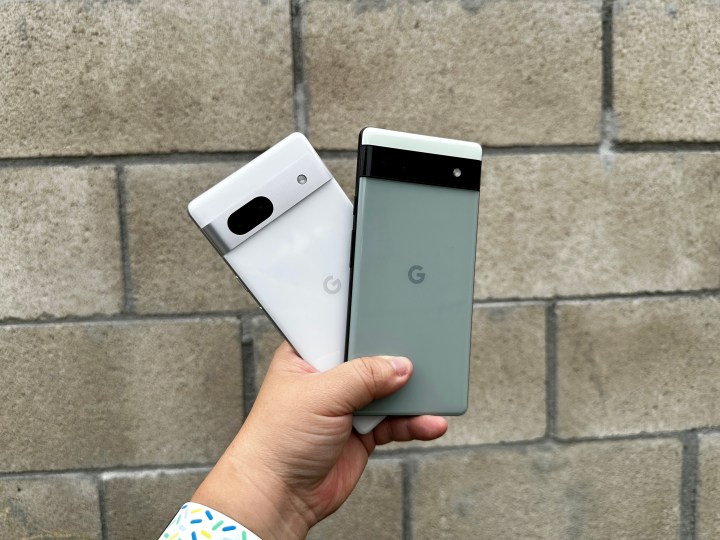
Google will soon launch the new Google Pixel 8 range of smartphones. Although Google Pixel 7 and Google Pixel 7 Pro are two of the best Android phones, it has been almost a year since they were released. These phones come with great features like top-notch camera systems, great displays, and great designs. However, the Pixel 7 has slow charging and poor gaming performance, while the Pixel 7 Pro has mediocre battery life and a sub-par fingerprint sensor, among other downsides.
It’s time to answer the question: Should you consider the less expensive Pixel 7, Pixel 7 Pro, or even the Google Pixel 7a if you’re in the market for a new smartphone, or should you wait for the new models to arrive? The answer largely depends on your willingness to wait. Regardless, we’re here to help you make an informed decision by giving you everything you need to know about the differences between the Pixel 7 family and the upcoming Pixel 8 models.
Google Pixel 7 vs Google Pixel 8
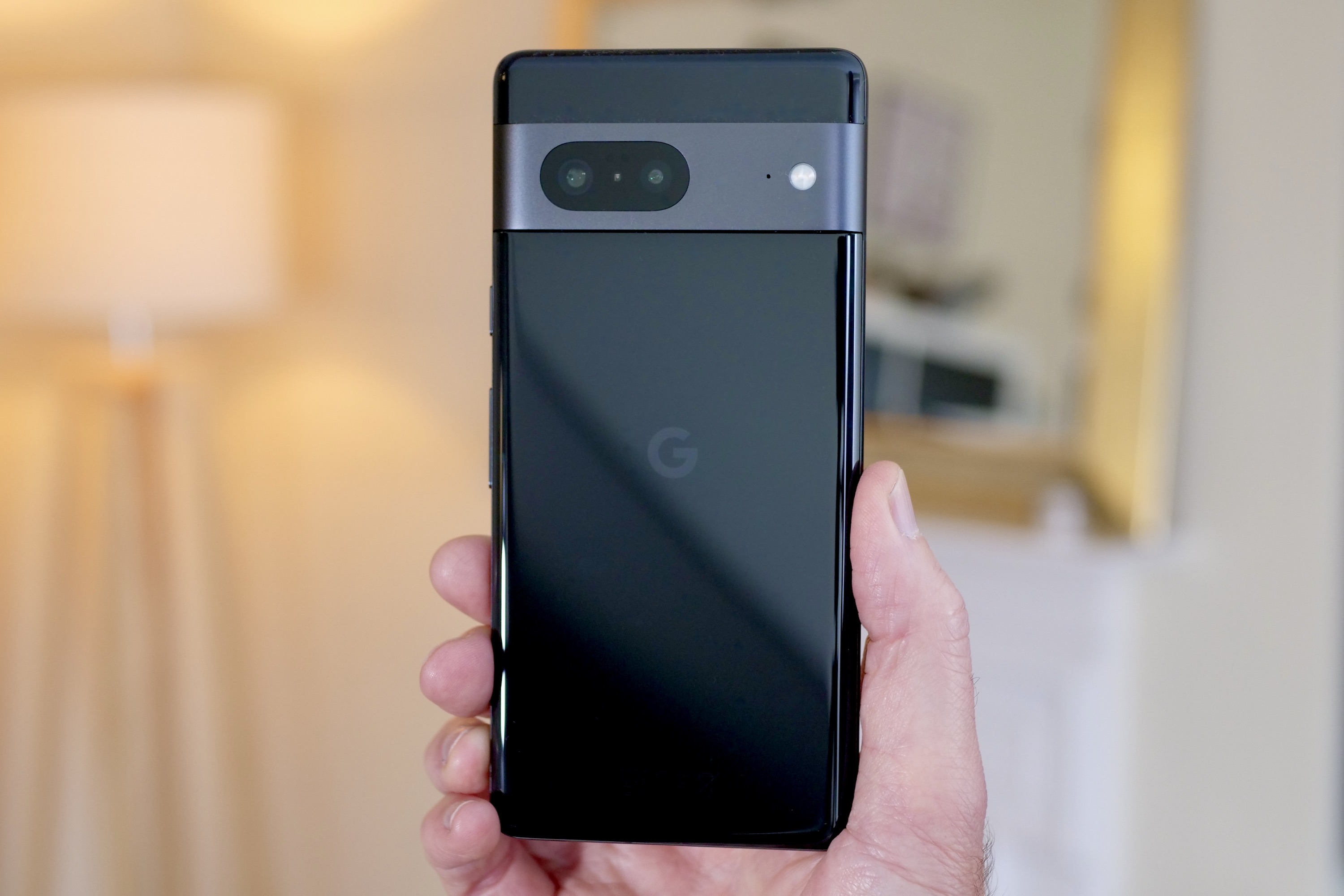
The upcoming Google Pixel 8 is likely to feature a sleek dual-tone design with rounded edges and glass on both sides. It is expected to be significantly smaller than its predecessor, the Pixel 7, with dimensions of 150.5mm x 70.8mm x 8.9mm. Reducing the height by about 5mm and the width by 2.4mm should allow for a more compact and manageable device. The Pixel 8 is also rumored to have a smaller screen than the Pixel 7, with a screen size of 6.16 inches compared to 6.32 inches for its predecessor. If so, the Pixel 8 may offer an OLED display with a resolution of 2268 x 1080. For comparison, the Pixel 7 has an OLED display with a resolution of 1080 x 2400.
Google’s Pixel 8 will likely feature the Tensor G3 chip, which is expected to be a significant upgrade from the often-maligned Tensor G2 chip found in the Pixel 7. The new chip, made using a 3nm process, should improve performance. and raw power. efficiency. The only big core in the Tensor G3 chip will be Cortex-X3 at 3.0GHz. There will also be a Cortex-A715, with four medium cores with a frequency of 2.45GHz. All of this is (potentially) excellent news for those who have criticized the Pixel 7 for battery life issues and excessive heat when using power-intensive apps and games.
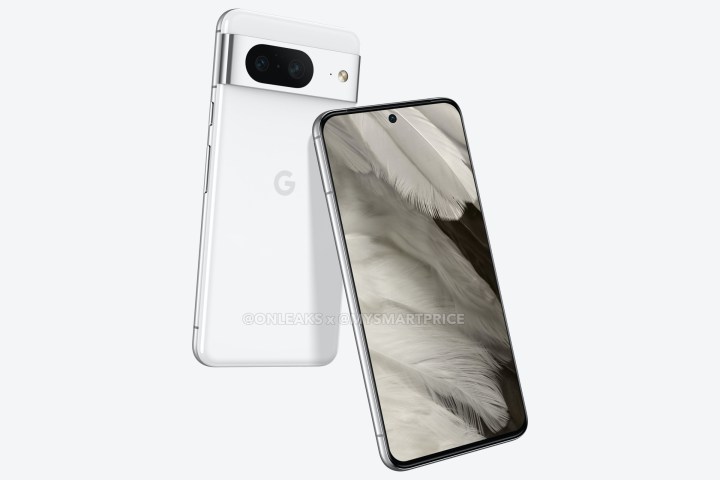
The Pixel 8 is expected to have a better camera with the Samsung ISOCELL GN2 sensor, which captures 35% more light than the Pixel 7’s ISOCELL GN1 sensor and produces brighter low-light photos. It also offers faster shutter speeds and can record 8K/30 frames per second (fps) video using the Tensor G3 chip.
Among the built-in cameras, the Pixel 8’s main camera is expected to get slight upgrades compared to the Pixel 7. That lens could be a bit wider with a 0.55x zoom instead of the 0.67x zoom on the Pixel 7 — and that’s about it. However, the ultra-wide camera can see a jump from 12MP to 64MP thanks to an all-new Sony IMX787 ultra-wide lens. This same sensor is found in the Pixel 7a’s primary camera. This camera is also expected to be a bit wider, ranging from 0.56x to 0.49x zoom.
On the camera’s software interface, we can see two new features: adaptive torch and automatic white balance (AWB). The first is designed to intelligently adjust flash intensity according to the scene. The second is AWB segmentation, which is an advanced technology that applies distinct processing methods to different parts of an image.
Finally, according to reports, the upcoming Pixel 8 is set to feature a much larger 4,485mAh battery and 24W ultra-fast wired charging, surpassing the capabilities of its predecessor, the Pixel 7.
Google Pixel 7 Pro vs. Google Pixel 8 Pro

If the rumors are true, Google will be cautious in moving from the Pixel 7 Pro to the Pixel 8 Pro, as only a few changes are expected – although they are significant.
The only thing that really won’t change is the phone’s design. Again, Google will likely stick to the rounded edges on the Pixel 8 Pro. There will also be an increased rounding of the corner profile with a slight increase in width. Things are a little different when it comes to the camera strap. This should have one long cutout that houses the main camera, ultra-wide camera, and periscope-style telephoto lens. There is a dual cut-out design on the Pixel 7 Pro.
The new phone could also have another circular hole below the LED flash; One of the leaked videos claims that this is a temperature sensor. Still other rumors say that this is an FIR sensor, which can be used for thermal imaging. If not, the sensor can be used to take highly accurate non-contact temperature measurements, including body temperature.
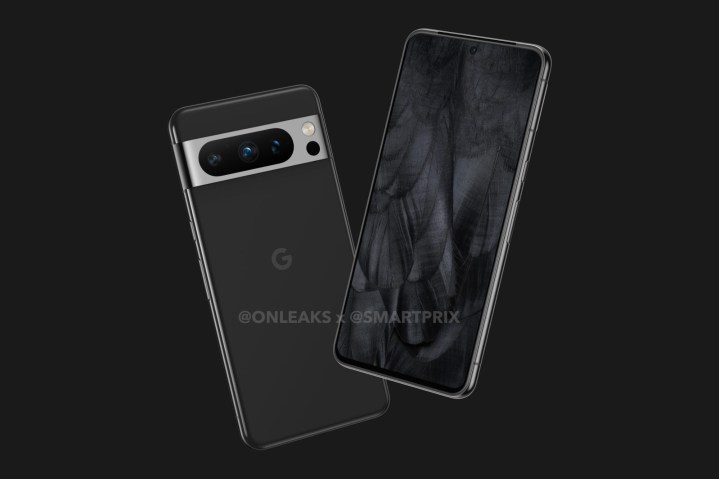
The screen may lie flat on the front of the Pixel 8 Pro; The Pixel 7 Pro has curved sides. The Pixel 8 Pro is likely to feature a 6.7-inch QHD+ LTPO OLED panel with a 120Hz refresh rate and a display resolution of 2822 x 1344.
The Pixel 8 and Pixel 8 Pro are expected to feature a Tensor G3 chip to improve performance and power efficiency. The Pixel 8 series could come with 12GB of RAM, which is a significant increase from the 8GB in the Pixel 7 series. The Pixel 8 Pro may also have an ultrasonic fingerprint sensor, as both phones run Android 14 out of the box.
Many of the camera changes found on the Pixel 8 should carry over to the Pixel 8 Pro on the hardware and software front. However, the Pixel 8 Pro could also offer an 8 x 8 time-of-flight (ToF) VL53L8 sensor, which is an upgrade over the previous generation’s single-point ToF sensor. This sensor improves auto focus and reliability. The Pixel 8 Pro model will reportedly retain the 5x telephoto module and 11MP selfie camera from the Pixel 7 Pro.
In terms of battery life and charging capabilities, the Pixel 8 Pro is expected to be slightly better than its predecessor, the Pixel 7 Pro, with a 4,950mAh battery (just 24mAh larger) and improved charging speeds of 27W compared to 23W. .
Again, the introduction of the Tensor G3 chip in the Pixel 8 series should be enough reason to wait a few weeks and skip the Pixel 7 series. Combine that with potentially significant camera upgrades, and the Pixel 8 Pro becomes a solid entry into the Pixel family.
Google Pixel 7a vs. Google Pixel 8a
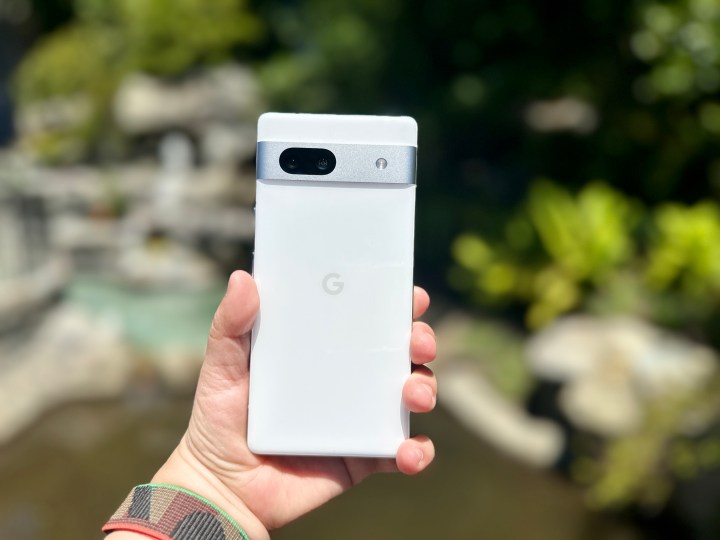
Moving on to the Google Pixel 8a, the biggest news might be that there will be no Google Pixel 8a. even before The Google Pixel 7a was released earlier this year, and leakster Yogesh Brar said there won’t be a Pixel 8a due to how similar the Pixel A series is to its base model counterparts.
To support this claim, you have to take a look at the differences between Pixel 7 and Pixel 7a. And while the latter offers a slightly smaller screen and slightly different cameras, the similarities are striking. Both, for example, have a Tensor G2 chip, a fingerprint scanner, and 8GB of RAM. Pricing has become somewhat of a mystery as Google chose to increase the price of the Pixel 7a over the Pixel 6a by $50, with the Pixel 7a now only $100 less than the Pixel 7.
Another question you might be asking yourself is whether you should ditch your Pixel 7a for the Pixel 8 or Pixel 8 Pro. From a feature-by-feature perspective, there is no comparison to the Pixel 8 Pro, as the Pro will always outperform the Pixel A series phones, except for the price. The choice is less clear when looking at a potential Pixel 8 versus the Pixel 7a. Again, two factors move the needle: performance and camera specs.
It is almost certain that the Pixel 8 series will include a Tensor G3 chip instead of the Tensor G2 chip found in the Pixel 7 series. Rumors suggest that this chip will provide significant benefits, including improved performance and energy efficiency. The camera system will also be improved, among other things.
Should you buy now or wait?
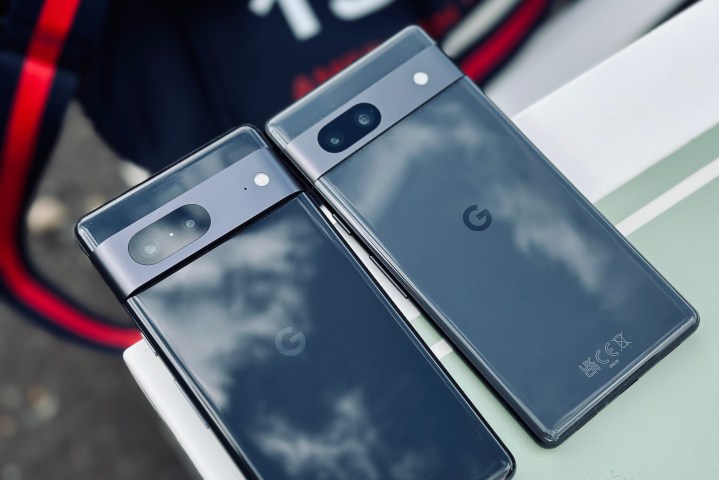
The Pixel 8 and Pixel 8 Pro are expected to bring different improvements over the Pixel 7 and Pixel 7 Pro. The most important changes relate to the camera system and the chip.
Although digital photographers may be excited about the differences in the camera, the average buyer may not notice them. However, the transition from the Tensor G2 chip to the Tensor G3 chip should be significant enough for most potential buyers to wait and buy the new phones.
Finally, there is another reason to wait, especially if price is a big factor in your decision. When new smartphones arrive, you’ll see deep discounts on existing models. So, even if you find yourself with a Pixel 7 or Pixel 7 Pro, it’s best to wait.
Editors’ recommendations
Source link

